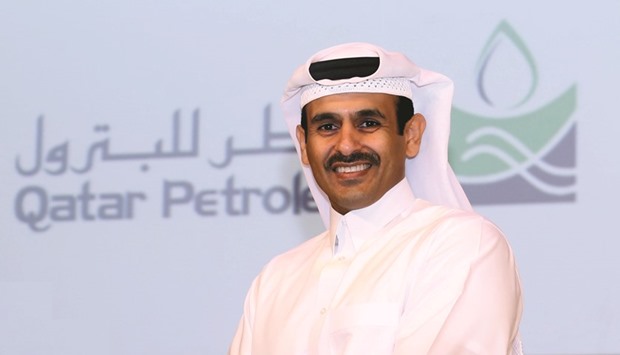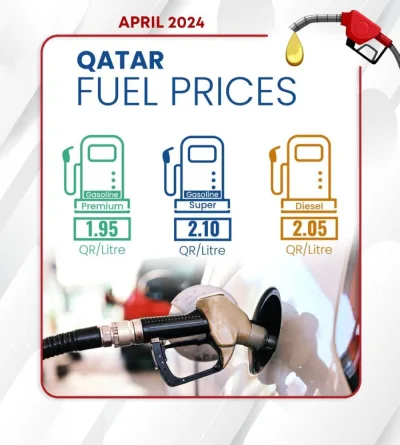Qatar Petroleum (QP) has awarded engineering, procurement, installation and commissioning (EPIC) contract to supply jet fuel from Ras Laffan Industrial City to the Hamad International Airport (HIA) in Doha.
The contract was awarded to the joint venture of Consolidated Contractors group & Teyseer Contracting Company to build a 24-inch pipeline and associated facilities that will be used to transport the jet fuel.
The project will ensure meeting the long-term demand of Jet A1 supply to the HIA beyond 2030, with the option of the fuel availability from two distinct and separate sources: Ras Laffan and Mesaieed.
QP President and CEO Saad Sherida al-Kaabi described the project as an “important contribution to the diversification of Qatar’s economy to support of the aviation sector.”
Al-Kaabi said, “The project is a testament to QP’s commitment to ensure the optimal utilisation of our natural resources by creating value-added products, and to secure energy supplies for the local and international markets.”
The project is made up of a number of components including a dedicated 24-inch pipeline from Ras Laffan to Doha, four Jet A1 tanks (53,000 cu m each), booster and mainline pumps, and power and firefighting systems.
When commissioned in 2019, this project will be capable of meeting the jet fuel demand of the HIA until 2030 and beyond.
The jet fuel will primarily come from Laffan Refineries 1 and 2, in addition to products from Pearl GTL, the world’s largest gas-to-liquids plant and one of the world’s largest, most complex and challenging energy projects ever commissioned.
Owned by Qatar Petroleum, Ras Laffan Industrial City began operations in 1996 with a mandate to provide infrastructure, facilities and services in the city to enable the establishment and functioning of industries to exploit Qatar’s vast gas reserves in the North Field, which lies 80km off the coast of Ras Laffan.
The Mesaieed Industrial City is a 117sq km industrial hub and home to a wide spectrum of industries such as oil refining, natural gas processing, petrochemicals, metallurgical industries, intermediate and downstream derivatives, construction materials, light industries inclusive of engineering, plastics and metal.

Al-Kaabi: Important contribution to the diversification of Qatar’s economy.


